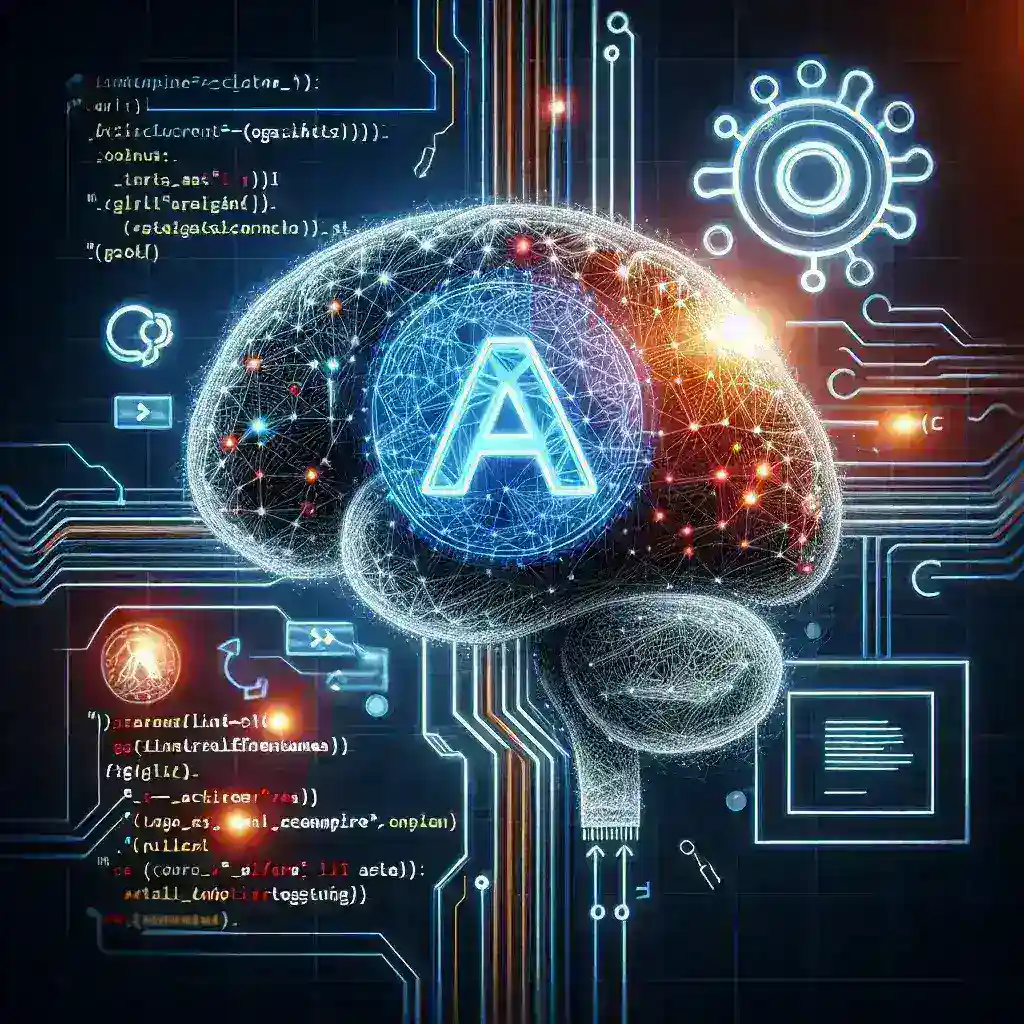Introduction to HashiCorp Terraform AI
In the ever-evolving world of cloud computing and infrastructure management, HashiCorp Terraform has emerged as a pivotal tool for developers and DevOps teams. With the advent of artificial intelligence (AI), Terraform is taking a significant leap forward by introducing intelligent suggestions for infrastructure-as-code (IaC) templates. This article delves into how HashiCorp Terraform AI is reshaping the landscape of infrastructure management.
Understanding Infrastructure as Code (IaC)
Infrastructure as Code is a modern approach that allows developers to manage and provision computing resources through code rather than manual processes. This approach brings a multitude of benefits, including consistency, repeatability, and scalability. With IaC, infrastructure can be versioned, tested, and deployed just like application code, minimizing human errors and accelerating deployment times.
The Role of AI in Terraform
HashiCorp Terraform AI integrates machine learning algorithms to analyze vast amounts of data and generate optimal IaC templates. This functionality helps developers streamline their workflows, reduce complexities, and improve overall productivity. By providing intelligent recommendations based on specific use cases, Terraform AI empowers teams to focus more on innovation rather than manual configurations.
Historical Context of Terraform’s Development
Terraform was initially launched in 2014, designed to automate the provisioning of cloud infrastructure. Over the years, it has garnered a significant following due to its open-source nature and versatility across various cloud providers. As cloud infrastructure grew more complex, the need for intelligent automation became apparent. This led to the development of AI-driven features that not only enhance user experience but also optimize resource management.
Future Predictions for HashiCorp Terraform AI
The future of HashiCorp Terraform AI looks promising. As AI technologies advance, we can expect even more sophisticated suggestions that not only consider the current infrastructure but also predict future needs based on usage patterns. This predictive capability can lead to proactive resource allocation, ensuring that organizations remain agile and responsive to changing demands.
Pros and Cons of Using Terraform AI
Pros
- Efficiency: Automated suggestions speed up the creation of IaC templates, reducing the time developers spend on configuration.
- Accuracy: AI-driven recommendations minimize human errors, leading to more reliable infrastructure deployments.
- Scalability: As your infrastructure grows, Terraform AI adjusts its recommendations to fit evolving needs seamlessly.
Cons
- Dependency on AI: Relying heavily on AI may lead to a lack of understanding of underlying infrastructure components.
- Initial Learning Curve: Developers may need to invest time in understanding how to leverage AI suggestions effectively.
- Potential for Over-optimization: There is a risk that AI might suggest templates that, while efficient, do not align with specific organizational requirements.
Step-by-Step Guide to Implementing Terraform AI
Step 1: Install Terraform
Before utilizing Terraform AI, ensure that you have the latest version of Terraform installed. You can download it from the official HashiCorp website.
Step 2: Configure Your Environment
Set up your cloud provider credentials and configure your environment to allow Terraform to manage resources effectively. This involves creating a provider block in your Terraform configuration file.
Step 3: Enable AI Features
To access AI-driven suggestions, enable the appropriate settings in your Terraform configuration. This may involve adjusting parameters or enabling specific AI features.
Step 4: Generate Infrastructure Templates
Run Terraform commands to generate infrastructure templates. The AI component will analyze your requirements and suggest optimized configurations accordingly.
Step 5: Review and Deploy
Carefully review the AI-generated templates to ensure they align with your organizational needs. Once satisfied, proceed to deploy your infrastructure.
Real-World Examples of Terraform AI in Action
Several organizations have successfully integrated HashiCorp Terraform AI into their workflows, resulting in remarkable improvements in efficiency and reliability. For instance, a leading fintech company adopted Terraform AI to automate their cloud infrastructure, resulting in a 40% reduction in deployment times and a significant decrease in manual errors.
Cultural Relevance of Infrastructure Automation
As the tech industry continues to evolve, the cultural shift towards automation and AI is becoming increasingly pronounced. Developers and organizations are recognizing the need to embrace these technologies to remain competitive. Terraform AI is at the forefront of this movement, providing the necessary tools and capabilities to drive innovation in infrastructure management.
Statistics Supporting the Adoption of Terraform AI
Recent surveys indicate that over 70% of organizations are exploring or actively implementing AI-driven solutions in their infrastructure management processes. Furthermore, companies that leverage IaC report a 50% faster deployment frequency and a 60% reduction in infrastructure-related incidents.
Expert Quotes on the Future of Infrastructure Management
Industry experts believe that the integration of AI in infrastructure management is not just a trend but a necessity. As noted by a prominent cloud architect, “AI will redefine how we approach infrastructure management. Tools like Terraform AI are paving the way for a future where our focus can shift from maintenance to innovation.”
Conclusion
HashiCorp Terraform AI represents a significant advancement in the realm of infrastructure management. By suggesting optimized infrastructure-as-code templates, it empowers developers and organizations to streamline their workflows, enhance accuracy, and ultimately drive innovation. As we look to the future, embracing these AI-driven solutions will be crucial for businesses aiming to stay ahead in a competitive landscape.

